Quality Control in Section Rolling: Ensuring Accurate Dimensions and Surface Finish
Quality control is a critical aspect of section rolling processes, ensuring that the final products meet the required specifications in terms of dimensions, surface finish, and overall quality. Section rolling refers to the process of bending or curving various types of metal sections, such as beams, channels, angles, and tubes, to achieve desired shapes for use in various industries, including construction, infrastructure, and manufacturing. In this article, we explore Quality Control in Section Rolling.
Quality Control in Section Rolling
One of the primary Quality Controls in Section Rolling is dimensional accuracy. Accurate dimensions are crucial to ensure that the rolled sections fit perfectly into the intended application and align with other components or structures. This is achieved through careful monitoring of the rolling process parameters, such as roll positioning, speed, and pressure, to maintain precise bending angles and dimensions. Regular measurement and inspection of the rolled sections using calibrated instruments, such as micrometers and gauges, help verify the dimensional accuracy.
Another essential aspect of quality control in section rolling is surface finish. The surface finish of rolled sections is important for both aesthetic and functional reasons. Smooth and uniform surface finishes enhance the visual appearance of the sections and can reduce the risk of corrosion or damage. Quality control measures include inspecting the surface for any defects, such as scratches, dents, or unevenness, and implementing corrective actions, such as polishing or grinding, to achieve the desired surface finish.
In addition to dimensional accuracy and surface finish, quality control in section rolling also involves verifying the mechanical properties of the rolled sections. This may include conducting tests such as hardness testing, tensile testing, or impact testing to ensure that the sections possess the required strength, ductility, and toughness. Compliance with industry standards and specifications, such as ASTM or EN standards, is essential to meet the quality requirements of the intended application.
To ensure effective quality control in section rolling, companies employ various inspection techniques and quality assurance protocols. This may include implementing standard operating procedures (SOPs) for each stage of the rolling process, conducting regular audits, and employing skilled technicians or inspectors with expertise in dimensional measurement and material testing. Additionally, the use of advanced technologies, such as non-destructive testing (NDT) methods like ultrasonic or magnetic particle testing, can further enhance the quality control process by detecting internal defects or irregularities.
the aspect of quality control in section rolling
Continuous improvement is a fundamental aspect of quality control in section rolling. Companies strive to analyze any quality issues or deviations that arise during the rolling process and implement corrective actions to prevent reoccurrence. This may involve adjusting process parameters, modifying tooling or equipment, or providing additional training to personnel.
Furthermore, implementing a comprehensive quality control system in section rolling involves documentation and traceability. Keeping detailed records of the rolling process parameters, inspection results, and any corrective actions taken helps track and monitor the quality of the rolled sections. This documentation serves as valuable reference material for future orders or projects, ensuring consistency in quality and facilitating troubleshooting in case of any issues.
In addition to internal quality control measures, collaboration with customers and adherence to their specific requirements is crucial. Engaging in open communication with customers allows for a clear understanding of their quality expectations and ensures that the rolled sections meet their unique specifications. This collaborative approach also fosters long-term partnerships, as customers appreciate suppliers who prioritize quality and work towards continuous improvement.
Ensuring Accurate Dimensions and Surface Finish
To enhance quality control in section rolling, advanced technologies, and automation can be employed. For instance, computer-aided design (CAD) and computer-aided manufacturing (CAM) systems can optimize the rolling process by simulating different bending scenarios, predicting potential issues, and recommending optimal parameters for achieving the desired results. Automation and robotics can also be integrated into the rolling process, reducing human error and enhancing repeatability.
Regular training and skill development programs for employees involved in section rolling are essential. These programs ensure that operators and inspectors possess the necessary knowledge and expertise to carry out their tasks effectively. By staying updated with the latest industry standards, techniques, and technologies, employees can contribute to maintaining high-quality standards and identifying opportunities for process improvement.
Continuous monitoring and feedback loops are crucial elements of quality control in section rolling. Regular inspections and audits should be conducted throughout the rolling process to identify any deviations or non-conformities promptly. This allows for immediate corrective actions to be taken, minimizing waste and rework. Additionally, soliciting feedback from customers and incorporating their suggestions for improvement demonstrates a commitment to delivering high-quality products and reinforces customer satisfaction.
section rolling processes in the industry
quality control is a vital aspect of section rolling to ensure that the rolled sections meet the required specifications and customer expectations. By implementing robust quality control measures, employing advanced technologies, promoting collaboration with customers, and investing in employee training, manufacturers can achieve consistent quality, optimize efficiency, and enhance customer satisfaction. Quality control should be an integral part of the section rolling process, ensuring that each rolled section meets the highest standards of accuracy, surface finish, and mechanical properties.
quality control in section rolling is vital to ensure accurate dimensions, desired surface finish, and overall product quality. By implementing stringent quality control measures, including dimensional inspection, surface assessment, and mechanical testing, manufacturers can produce sections that meet the required specifications and customer expectations. A robust quality control system not only ensures the reliability and functionality of the rolled sections but also enhances customer satisfaction and contributes to the reputation and success of the section rolling industry.

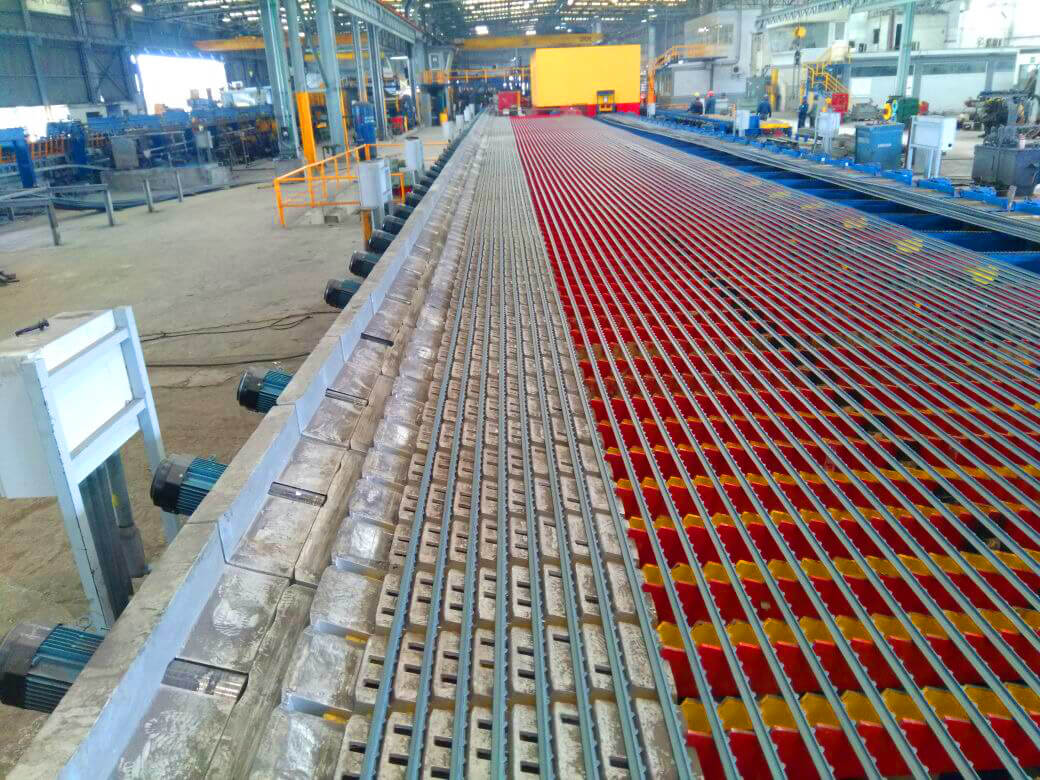
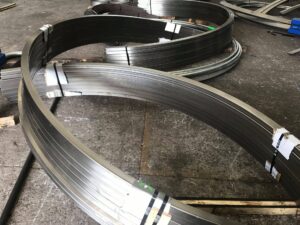
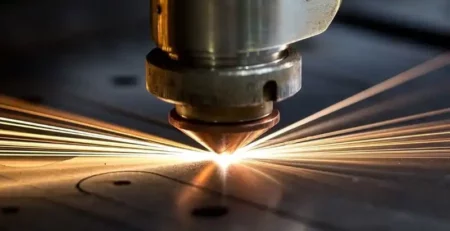
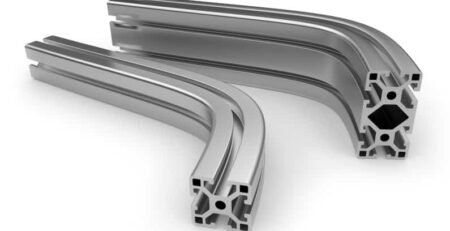
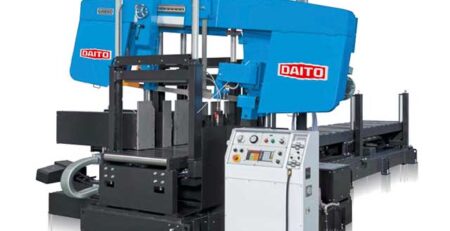



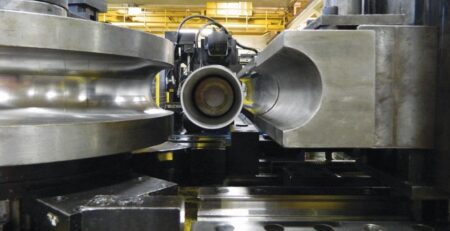

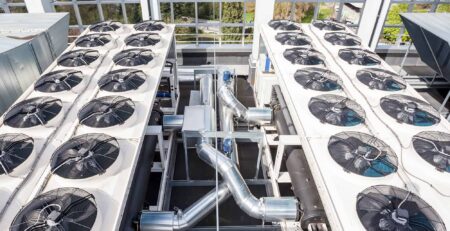


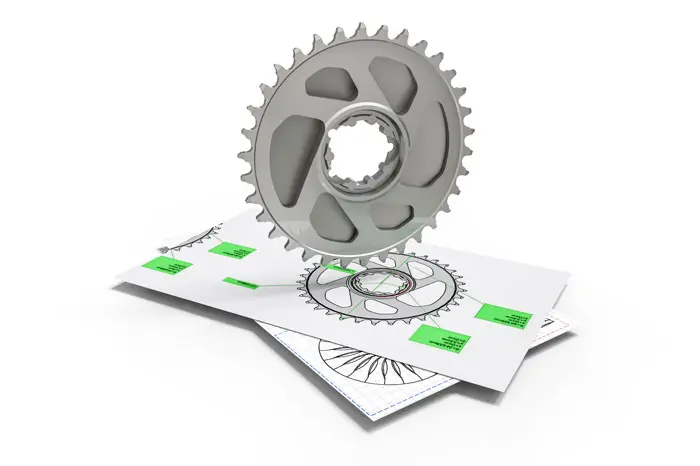
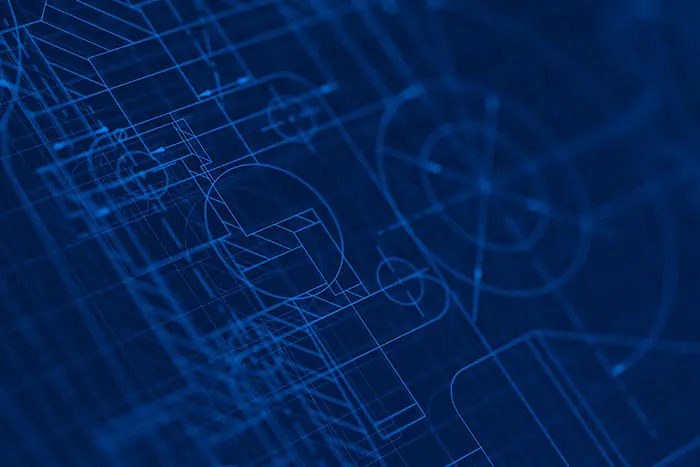
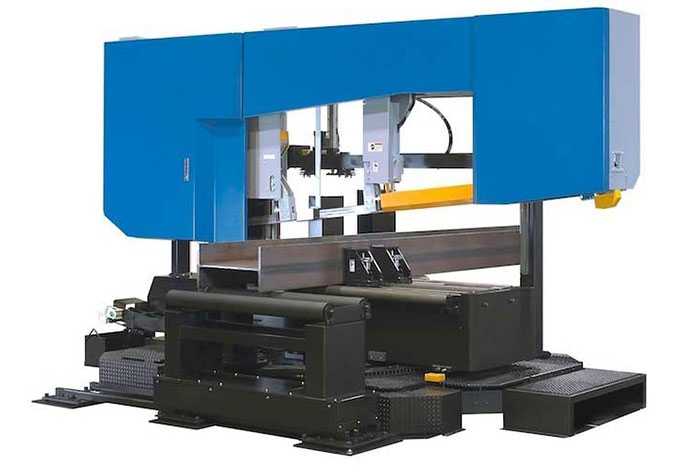
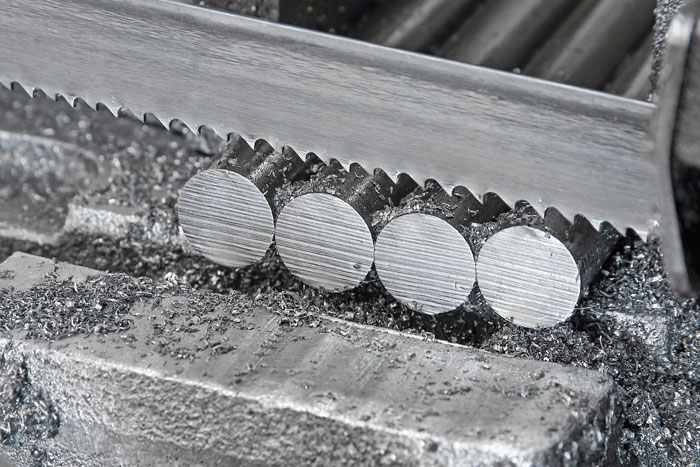
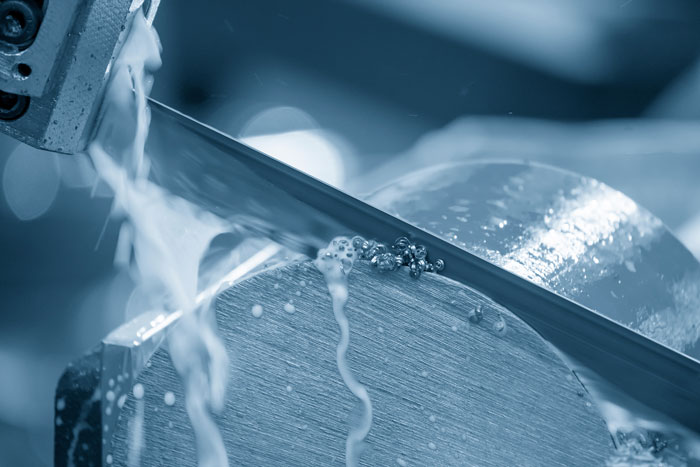
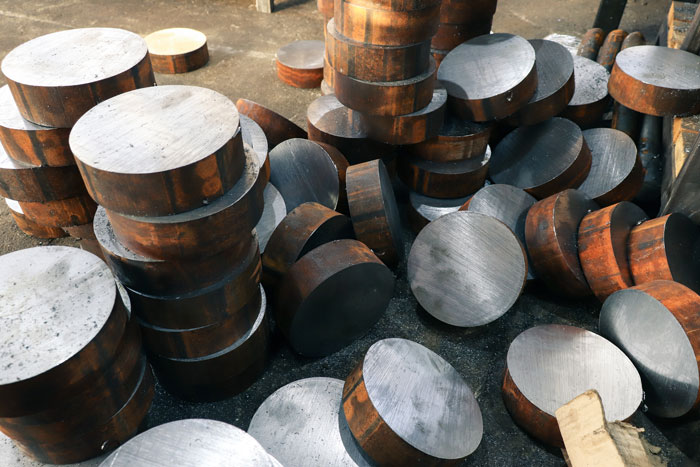
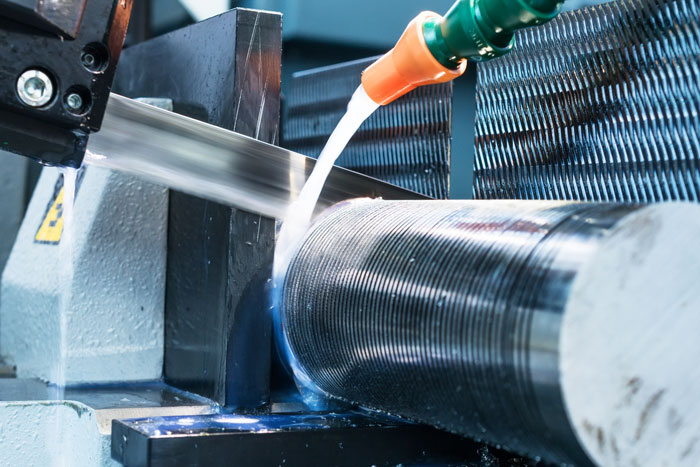
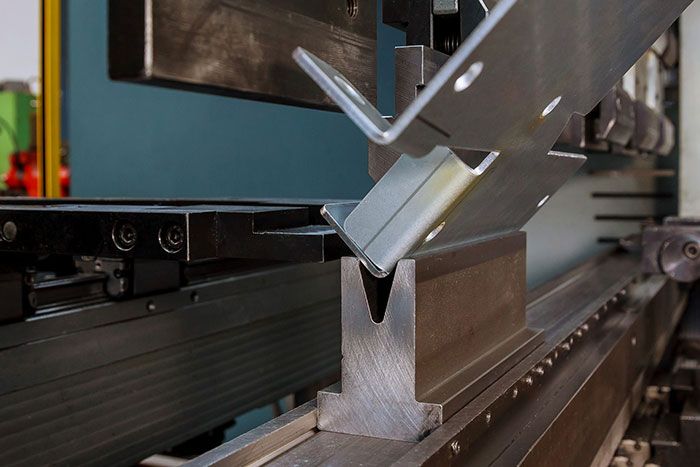
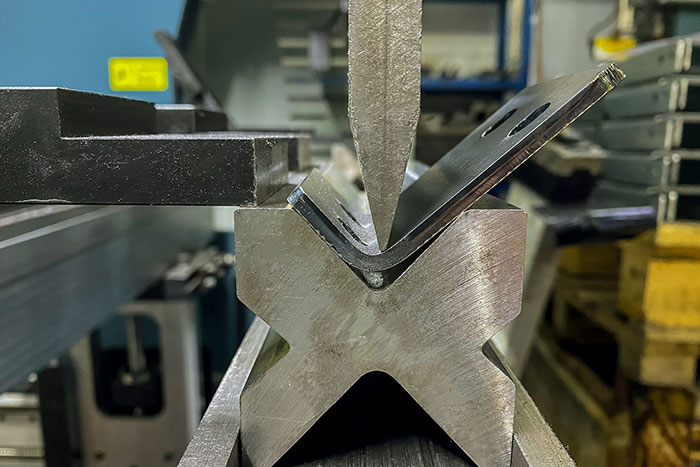
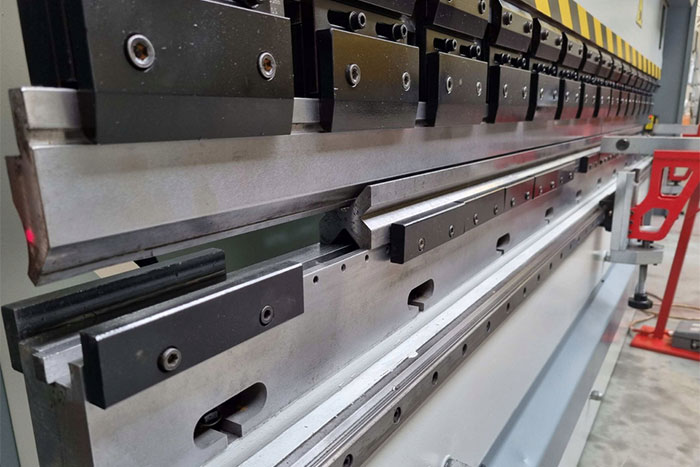
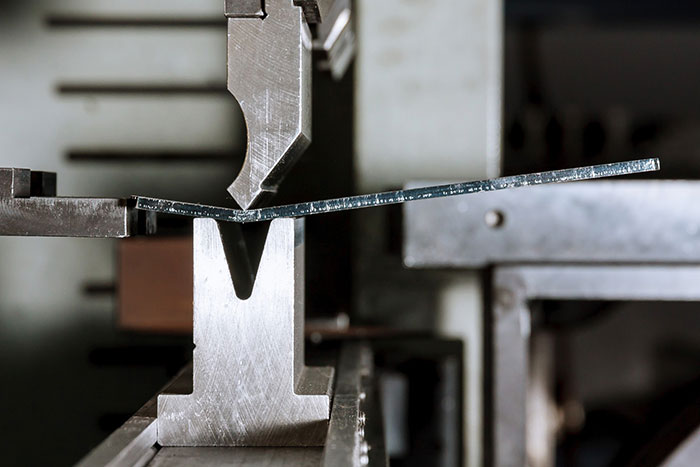
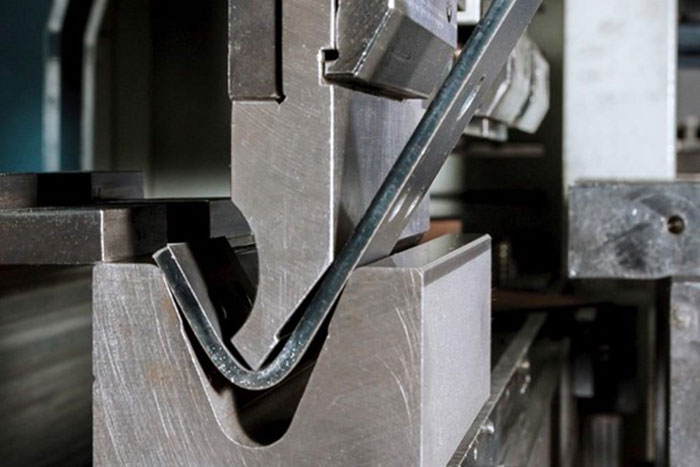
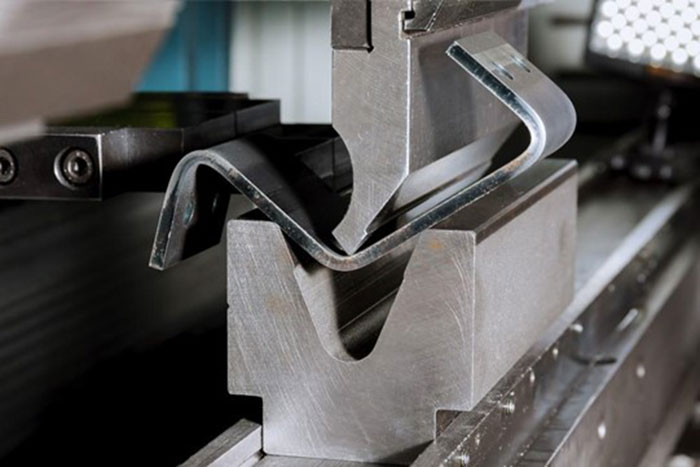
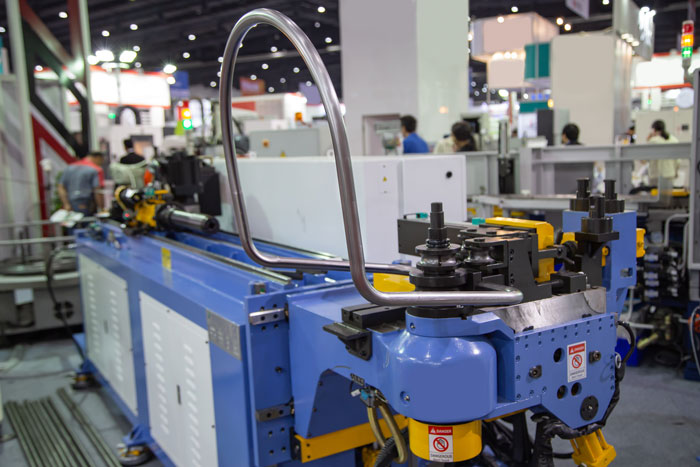
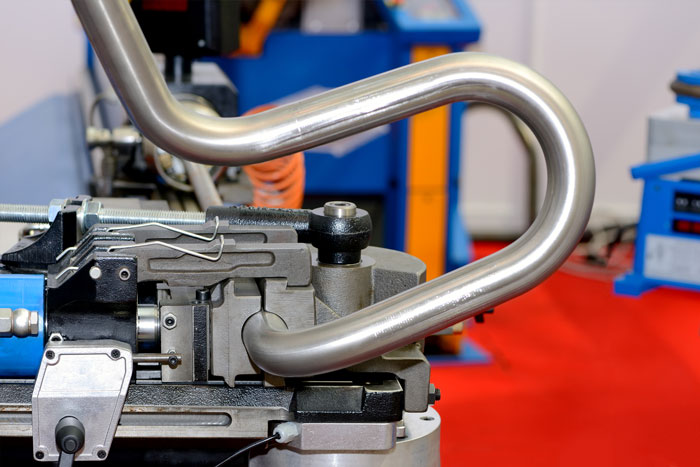
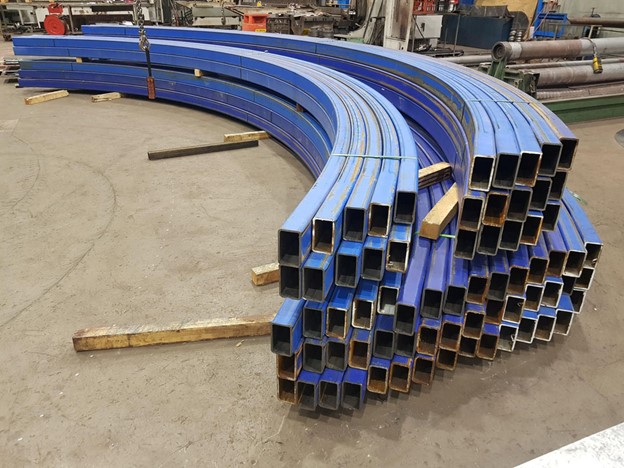
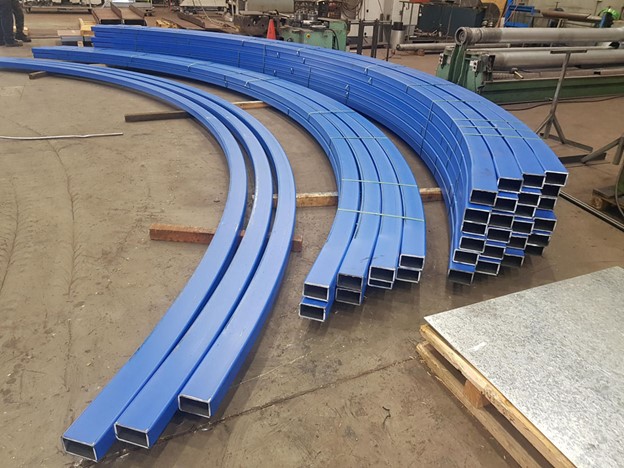
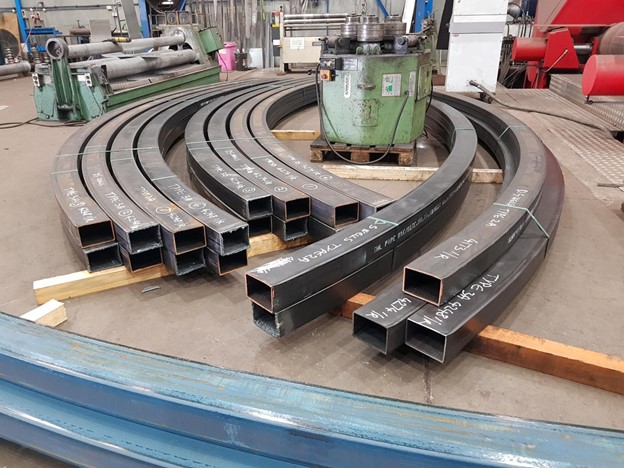
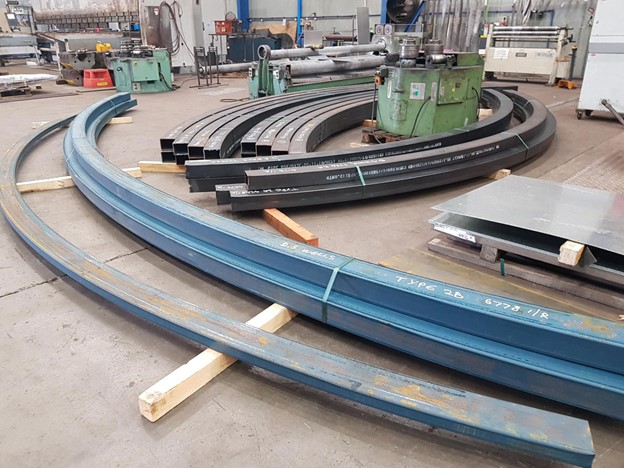
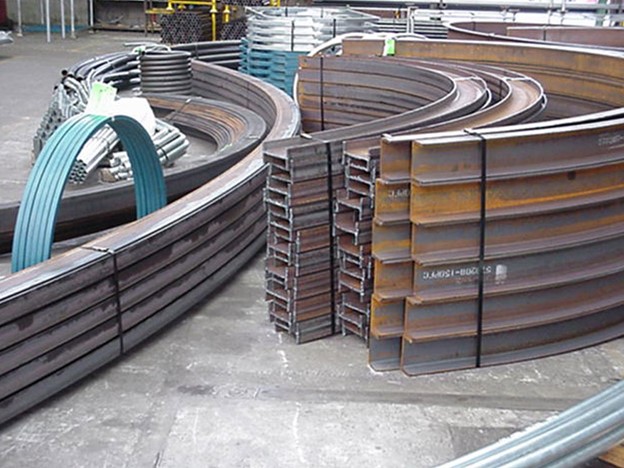
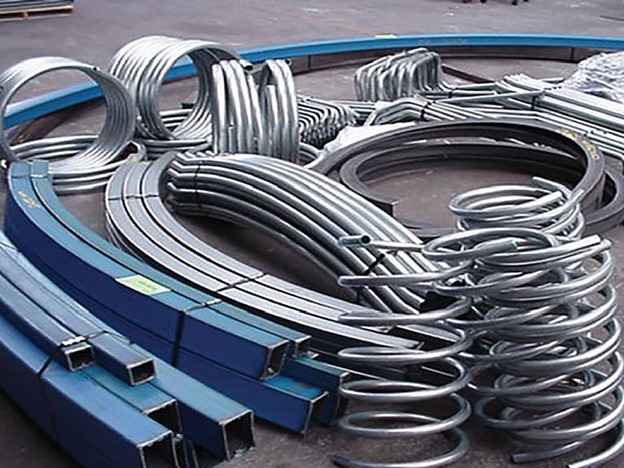
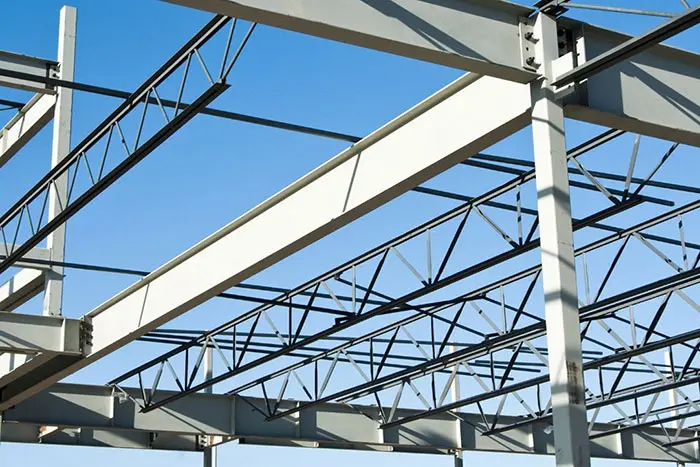
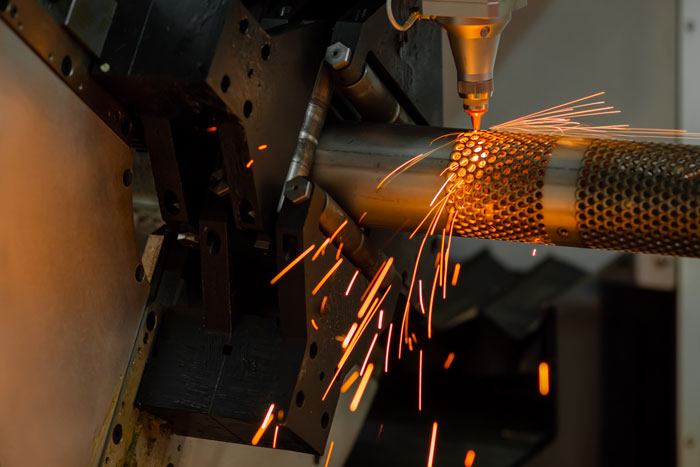
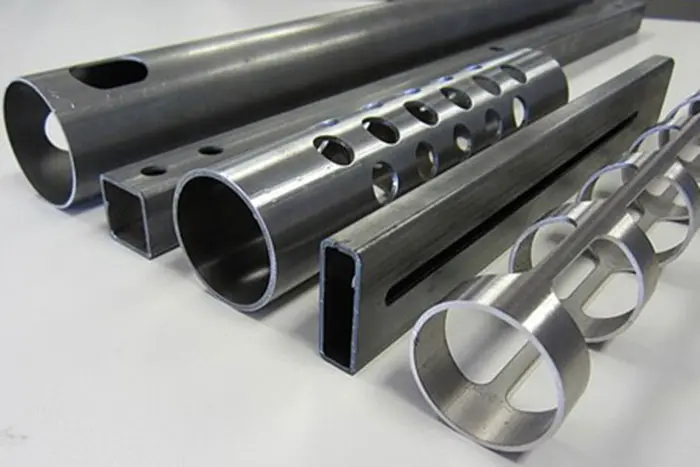
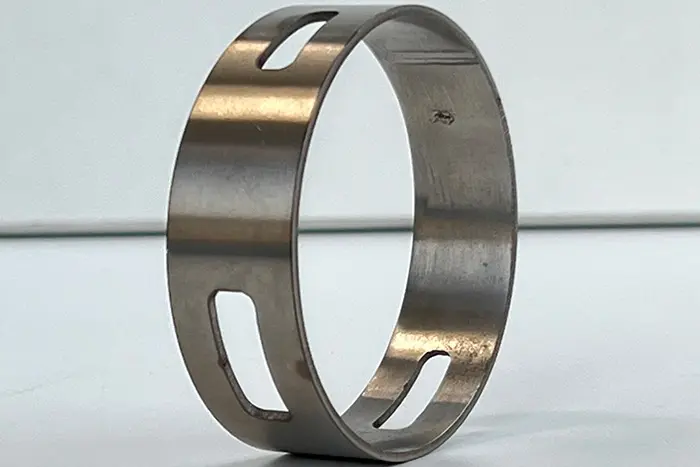
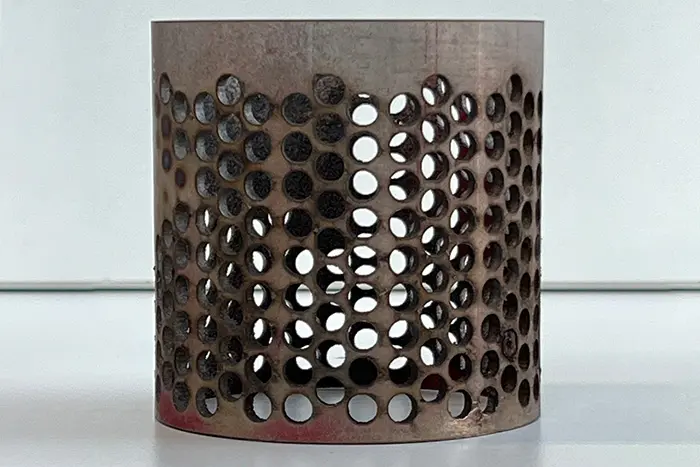
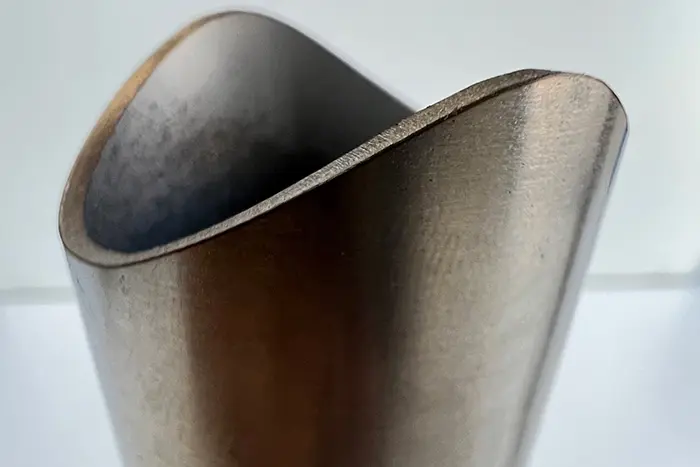
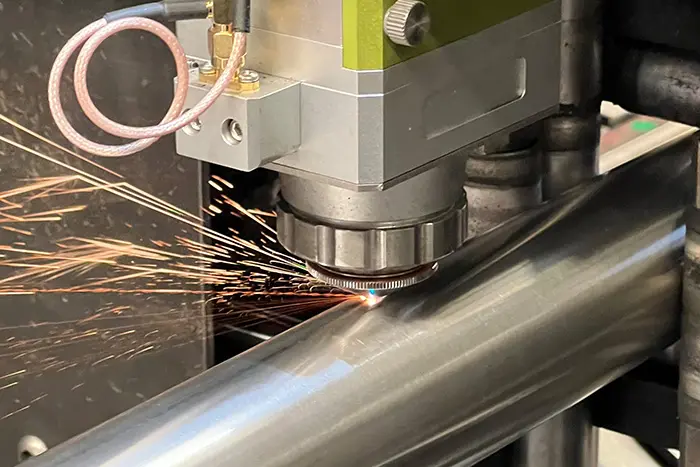
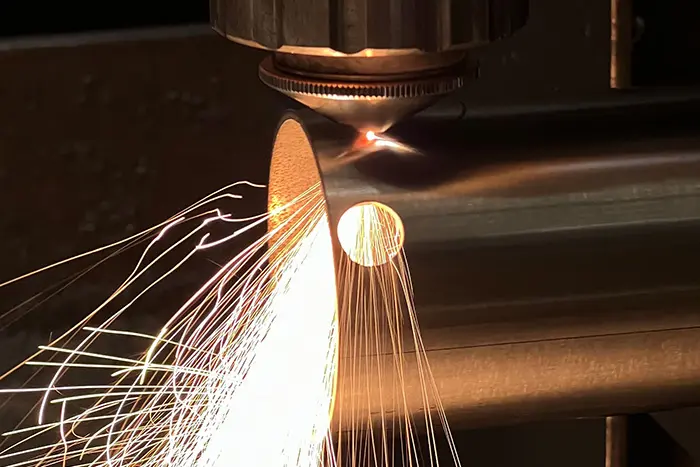
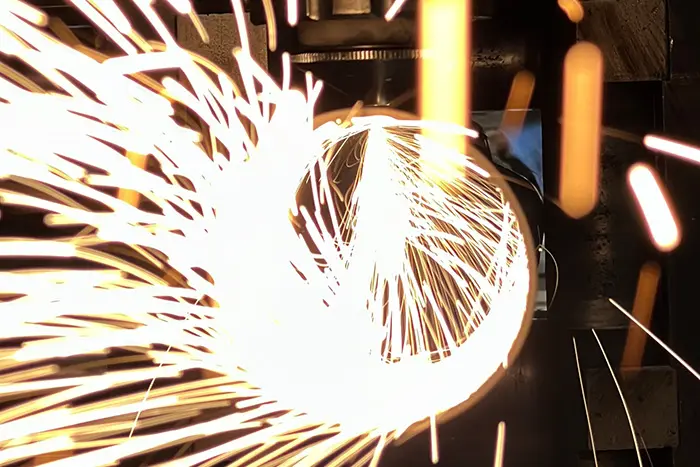
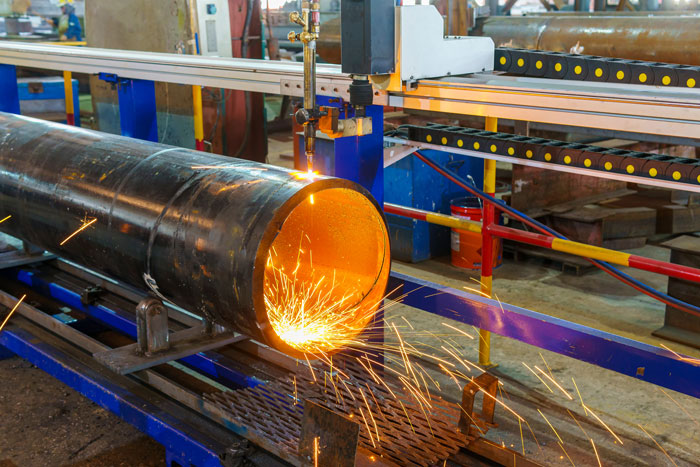

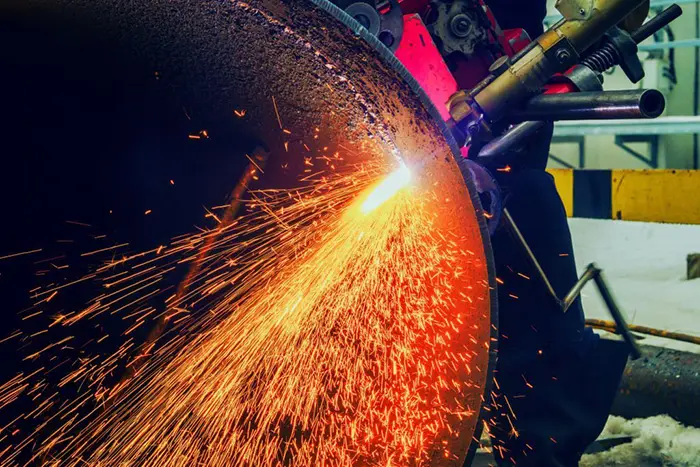
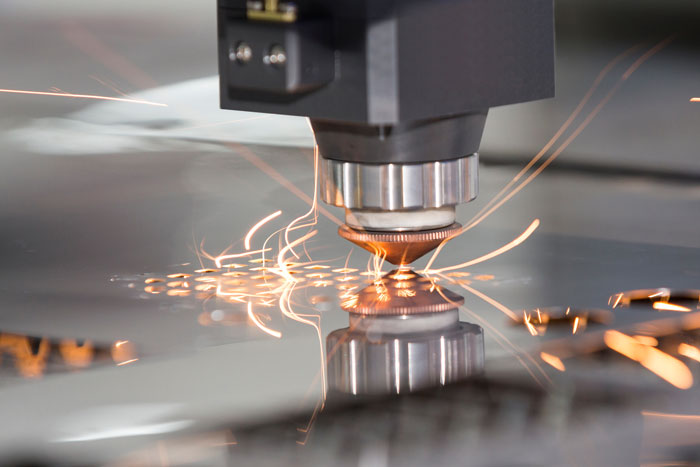
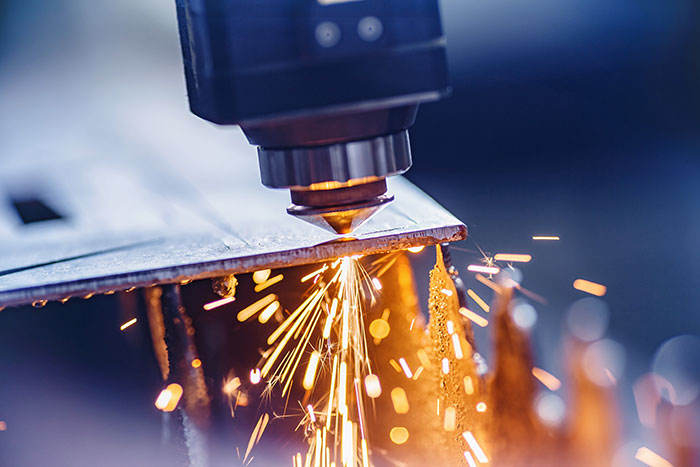
Leave a Reply